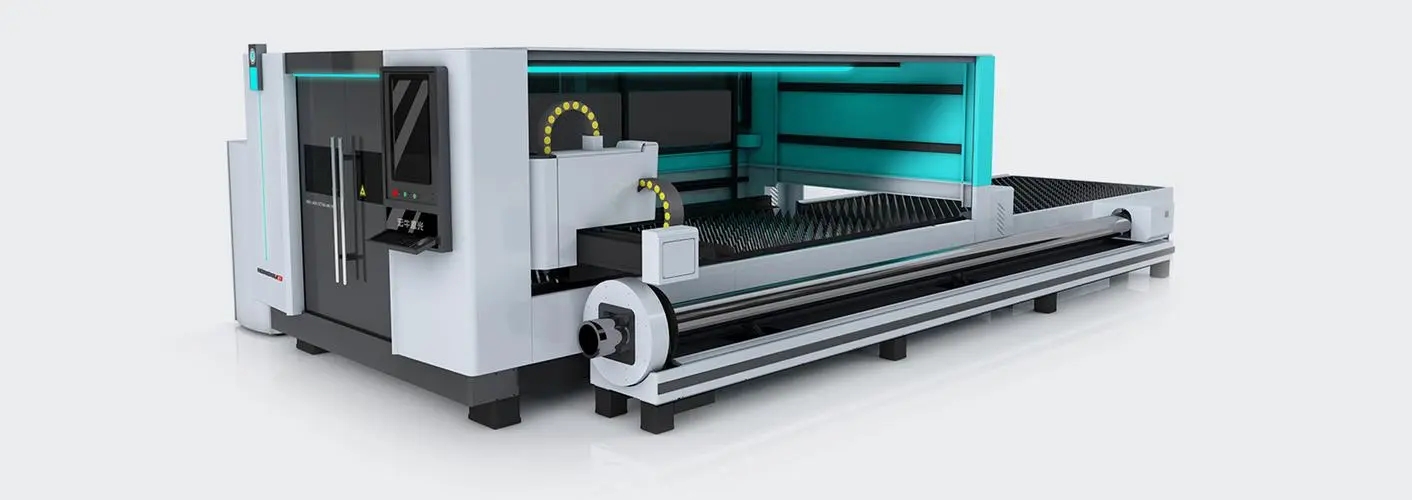The application and functions of laser cutting machines have been very mature, but this type of laser cutting machine will have certain difficulties in cutting. We must pay attention to this point when using it. With the rapid development of power fiber laser production technology and the continuous improvement of numerical control processing technology, the application of fiber laser processing equipment in plate laser cutting has developed rapidly in recent years. According to market feedback and plate thickness, cutting quality, and sales prices of cutting equipment, market application segments for sheet metal processing and production, especially the thickness range of cutting plates. Small and medium-sized enterprises in this field urgently need low-cost, high-quality metal laser cutting machine supporting processing equipment
The difficulty of using a metal laser cutting machine to cut thick plates – the cut is too narrow, resulting in increased heat loss. The decrease in laser cutting rate promotes thermal damage in the laser cutting area. The key method of heat damage is heat conduction. The thicker the thickness, the greater the thermal damage, and the lower the laser cutting rate. Although the laser penetrates the slab and a large amount of slag adheres to the bottom, the material removal at the bottom of the cut becomes inconsistent. The formation of molten slag is due to the low average cutting temperature at the bottom of the slit, while the low temperature is also due to the large energy loss. In this case, the cutting quality is usually not high – the fiber laser spot diameter is small and the focal depth is limited. Although fiber lasers can maintain a high laser power density at the cutting depth when cutting metal plates, due to the small beam diameter and the thin cutting gap, this is unfavorable for cutting slag. This puts forward higher requirements for the mode, beam dispersion, collimation, shape, and range of fiber lasers, and also brings more difficulties to the processing quality of fiber laser cutting metal plates – auxiliary steam quality and standard pressure. Efficacy and damage. Taking oxygen as an example, oxygen plays a very important role in laser cutting thick carbon steel plates. A laser beam is incident on the surface of the workpiece to form a small hole. When the laser beam moves in the cutting direction, there is oxidized melt around the holes and slits. The purity and pressure of oxygen have a significant impact on laser cutting. Oxygen containing many impurities and improper gas pressure cannot provide sufficient energy to form a high flow melt at the bottom of the slit, thereby reducing cutting quality and cutting speed. By measuring the quality and pressure of the auxiliary gas at different incision positions, it was found that the narrower the incision, the worse the effect of the auxiliary gas, and the more difficult it is to maintain the cutting quality, thereby ensuring appropriate incision width, auxiliary gas quality, and air pressure control. The impact on cutting quality is very significant – differences in geometry appear to be a reduction in the bending quality of laser cutting. When fiber laser cutting thick steel plates, the inclination angle of the melting front becomes increasingly prominent, which will reduce the absorption coefficient of raw materials to the laser, thereby ensuring the laser cutting quality and laser cutting rate based on the laser cutting output power.





